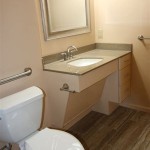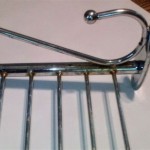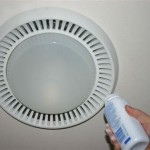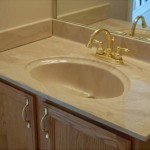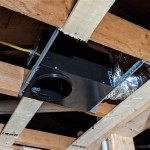How to Remove Mold From Bathroom Painted Walls
Mold growth in bathrooms is a common issue, often appearing as black, green, or white spots on walls, ceilings, and grout. Besides being unsightly, mold can pose health risks, especially for individuals with allergies or respiratory issues. Fortunately, removing mold from painted bathroom walls is a manageable task that can be accomplished with the right approach and materials. This article will guide you through the process, outlining essential steps and precautions.
Prepare the Area
Before attempting to remove mold, it's crucial to prepare the area properly. This involves creating a safe and effective environment that minimizes the spread of mold spores and protects you from exposure. First, open windows and doors to ensure adequate ventilation. This will help to remove any existing mold spores and prevent their spread during cleaning. Next, wear protective gear, including a mask to filter out mold spores, gloves to prevent skin contact, and eye protection. If dealing with a significant mold infestation, consider using a respirator instead of a basic mask.
Before applying any cleaning solutions, it's important to remove any loose or flaking paint, as this can harbor mold spores and hinder the cleaning process. Use a scraper or putty knife to carefully remove the paint, taking care not to damage the underlying surface. Once the loose paint is removed, vacuum the area to pick up any remaining debris. This will help to create a clean surface for cleaning and prevent the spread of mold spores. Remember to discard the vacuum bag and any cleaning materials properly to avoid contaminating other areas.
Clean the Mold
Cleaning the mold requires a combination of scrubbing and application of a suitable cleaning solution. For mild mold growth, a simple solution of water and bleach can be effective. Mix one cup of bleach with one gallon of water in a spray bottle. Apply the solution to the affected area and let it sit for 10 minutes. Then, scrub the area with a stiff-bristled brush, ensuring you reach all crevices and corners where mold might be hiding. Rinse thoroughly with clean water afterward, removing any remaining bleach residue. Repeat this process as needed until the mold is completely removed.
If dealing with persistent or extensive mold, a stronger cleaning solution might be necessary. Commercial mold and mildew removers are readily available and are more effective than simple bleach solutions. Follow the instructions on the product label carefully, ensuring proper ventilation and wearing protective gear during application. Often, these commercially available products require a short dwell time before scrubbing with a brush and rinsing with water. It's crucial to dry the surface completely after cleaning, as moisture can promote further mold growth. Use a clean cloth or a fan to ensure the area is thoroughly dried.
Prevent Future Mold Growth
After cleaning the mold, it's essential to address the underlying cause of the growth to prevent its recurrence. Mold thrives in damp and humid environments, so tackling moisture issues is key. Ensure proper ventilation in your bathroom by using an exhaust fan during and after showering. If the exhaust fan is not functioning correctly, have it repaired or replaced. Consider using a dehumidifier to remove excess moisture from the air, particularly in humid climates. You can also install a moisture meter to monitor changes in humidity levels and adjust accordingly.
Minimize the amount of moisture built up in the bathroom by wiping down surfaces after showering or bathing. This includes the walls, shower walls, floors, and even the faucet handles. Removing excess water prevents mold from establishing itself. Regularly inspect your bathroom for signs of leaks or plumbing issues, as these can contribute to excess moisture and mold growth. Address any leaks immediately to prevent them from escalating into significant problems.
While these steps can help control and prevent mold growth, it's important to remember that mold can be persistent, particularly in bathrooms. Consistent cleaning and moisture control are crucial, as even small amounts of moisture can provide a foothold for mold. If the mold reappears despite your efforts, seek professional help from a qualified mold remediation specialist. They can assess the situation, identify the source of the problem, and implement effective solutions to eliminate the mold for good.

How To Remove Mold From Walls True Value

How To Remove Mould Before Painting Bella Bathrooms Blog

How To Remove Mould From Painted Walls Mathiou Services

The Ultimate Guide On How To Clean And Get Rid Of Mold Pro Housekeepers

How To Get Rid Of Mold On Bathroom Walls Family Handyman

Mouldy Walls Here S What Not To Do Safeguard Europe

How To Get Rid Of Mold On Walls Permanently

Remove Mold From Walls Expert Tips And Diy Sprays A Cleaning Explains

How To Remove Mould From Walls And Ceilings

How To Remove Mold From Painted Walls
Related Posts


